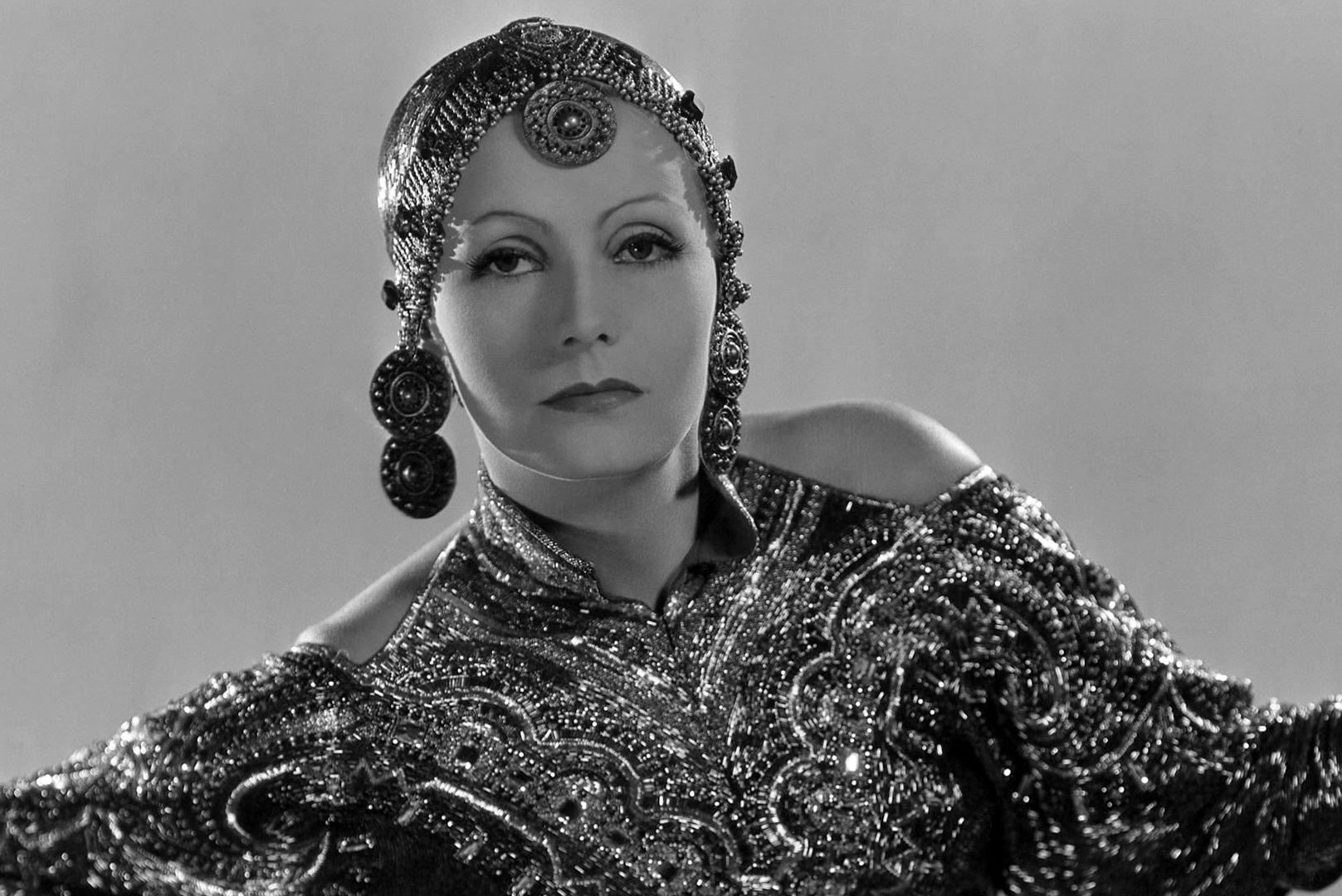
Greta Garbo portraying Mata Hari in the 1931 film of the same name.
THE LIFE OF MARGARETHA ZELLE — remembered by history as Mata Hari — is full of romance, global intrigue, taboo sexuality, and accusations of treason. Set against the years leading up to, and including, the brutal conflict of the First World War, her story ultimately ended in a barrel-sized load of dark tragedy.
Margaretha Zelle, born in The Netherlands in 1876, was orphaned when she was 15. She decided, while in her late teens, that marriage to a Dutch military office more than 20 years her senior was her ticket to upward mobility in Dutch society. After the couple moved to the Dutch East Indies, her husband, Rudolf MacLeod, soon returned to his philandering, brothel-visiting ways. The young Mrs. MacLeod found solace in her two children, and, for a time, in the arms of another military man. While in Southeast Asia, she began studying local Javanese dance, and eventually began performing under the name Mata Hari (“eye of the day” in the Malay language) until her children fell ill. Her son Norman succumbed to his illness, although her daughter Jeanne survived.
Accounts vary as to the cause of her children’s illness: some say they were poisoned by political enemies of Captain MacLeod, others claim that a disgruntled servant did the poisoning, while a third theory blames a reaction to medication. Tragedy compounded and hit Margaretha again when her marriage effectively ended with a separation in 1902, and a full-fledged divorce in 1906. Even though she was awarded custody of their daughter, Jeanne, Rudolf kept the child away from her, leaving Margaretha desolate and alone.
As a separated, and then divorced, woman (which wasn’t the greatest thing for a woman to be in the early 20th century), Margaretha made her way to the humming metropolis of Paris, and reinvented herself as Mata Hari. In the City of Lights, she forged a new life as a performer and a courtesan, navigating the highest echelons of polite — well, not that polite — French, German, and Dutch society.
Mata Hari gained fame and some fortune for a time, as a “culturally acceptable” exotic dancer. In many ways, she invented the modern art of the elegant striptease; dignitaries and people occupying high political and social stations didn’t have to be embarrassed when attending one of her performances, as they were billed as “cultural” in nature and exported from the Orient (even though she was Dutch). This meant there was no shame in watching this woman disrobe in public as she expressed herself through the art of dance.
“I am a woman who enjoys herself very much; sometimes I lose, sometimes I win,” Mata Hari is quoted as saying. During her time in Paris, she “won” for a while, garnering celebrity as a trailblazing, risqué dancer, as well as a courtesan with formidable lovers, from French industrialists like Émile Étienne Guimet and prominent politicians, to influential German military officers.
As time passed, and the novelty — and in the eyes of many, the respectability — of her act began to wane as copycats began to emulate her, Mata Hari continued to earn most of her keep as a courtesan. With the outbreak of WWI, and with lovers on different sides of the conflict, Mata Hari eventually drew the attention of the French military, which sought to utilize her as a spy. They recruited her by making her cooperation conditional if she wanted to visit an injured Russian pilot fighting for France, whom she was madly in love with.
And here’s where she began to “lose.” Mata Hari was sent to Madrid to seduce her way into the upper levels of the German military, and spy for France. At the same time, radio intercepts of German communications in Paris revealed that she was planning to betray the French and act as a double agent. Some believe this was in fact her intention, while others postulate that the Germans already knew she was a spy, and set her up with fake communiqués. Regardless, she was arrested for espionage in 1917 upon returning to Paris.
The fact that she had relationships with German officers didn’t help her claim that she was innocent, especially since the French were looking for foreign scapegoats and spies to blame for battlefield setbacks. In the end, she lost her trial, and was sentenced to execution by firing squad.
“Death is nothing, nor life either, for that matter. To die, to sleep, to pass into nothingness, what does it matter? Everything is an illusion,” this incredible woman said. At her execution, she refused to be blindfolded, and just before the fatal shots rang out, she reportedly blew a kiss to the firing squad, as well as the priest, and others she knew in attendance.
Mata Hari lived a wild life, which ended in the most spectacular, tragic manner possible, although she went out with grace, and a hell of a lot of flair.



-300x169.jpg)












